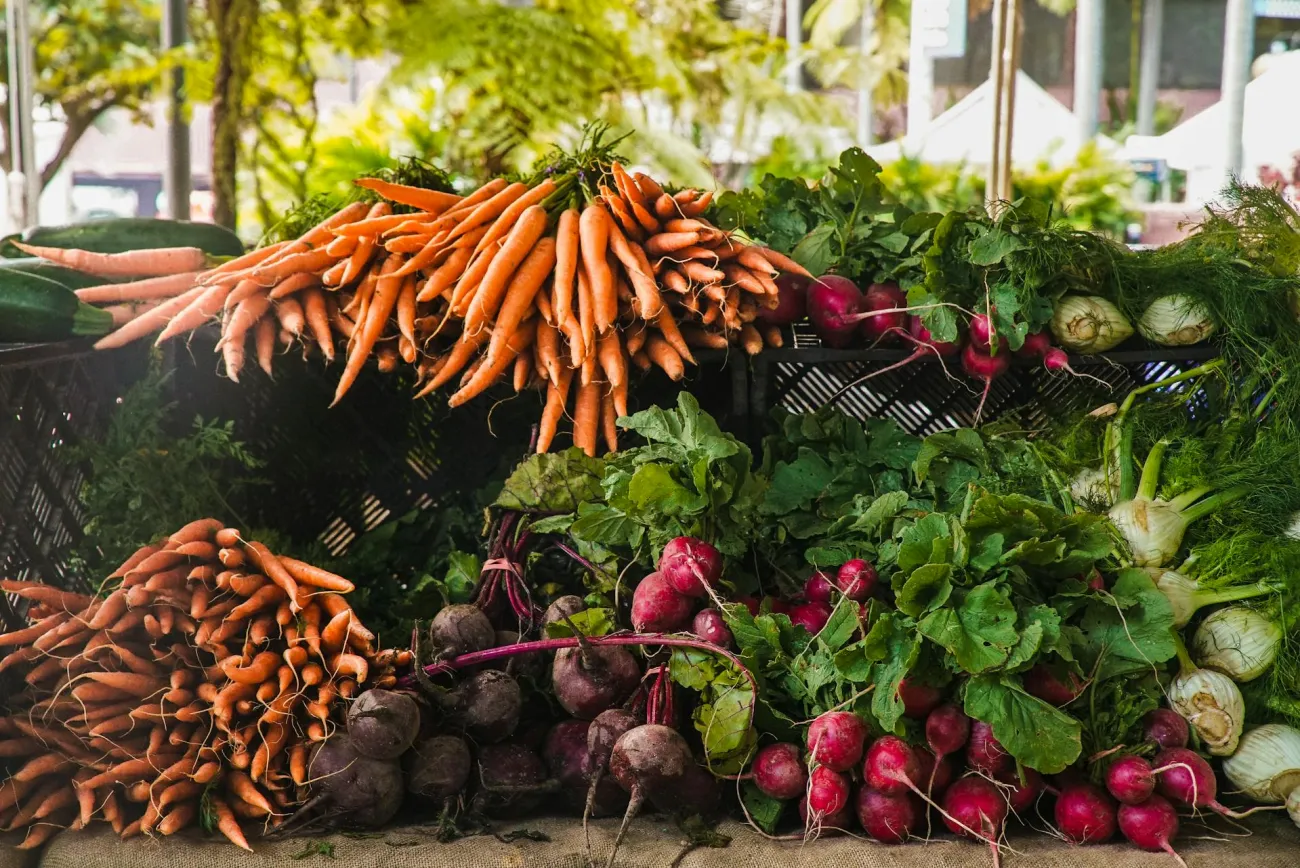The environmental organisation, WWF has published a new report entitled A balance of healthy and sustainable food choices for France, Spain and Sweden. It builds on the Livewell project undertaken in the UK which considers what a healthy acceptable and lower GHG diet might look like.
The findings of the 2011 UK report were summarised in an earlier mailing and available here.
This 2013 report presents three LiveWell Plates developed around the traditional diets of three other European countries – France, Spain and Sweden. These countries were chosen for the range of dietary contexts they represent and their different levels of policy readiness to adopt a sustainable diet concept.
The Plates were developed by considering national nutritional guidelines, which vary considerably between the countries. The report argues that the LiveWell concept is transferable and that a lower-carbon – diet can be defined whatever the location, food culture and traditions. (NB: note that a diet lower in GHG emissions may not be sustainable in other environmental, social or ethical respects).
To produce the LiveWell Plates, the study authors collected and analysed a variety of data, including information on current consumption patterns and nutritional recommendations, public dietary guidance, greenhouse gas emissions of particular foods, and general price information. The quality and completeness of the data varied widely between the countries and, where necessary, assumptions were made in order to produce a response.
The present report finds that, for all three countries, healthier eating can be aligned
with environmental objectives. It is possible to develop a LiveWell diet for each country that:
- Decreases greenhouse gas emissions by 25% from the current average diet.
- Costs no more than the current dietary patterns.
- Complies strictly with national nutritional requirements.
- Closely resembles the current dietary patterns.
While the diets varied by country (reflecting different food traditions) the lower GHG diets had some features in common:
- All diets show a reduction in the total amount of meat consumed. This is inevitable since these are the foods with the highest GHGe. On the other hand, for a 25% reduction it is still possible to have enough meat and/or fish in the diet to comply with nutritional recommendations (note: meat is not necessarily stipulated as essential to meeting nutritional recommendations anyway) and maintain some traditional dishes and meal patterns.
- All diets show an increase in the consumption of legumes as a source of protein. Again, this is inevitable owing to the lower greenhouse gas emissions of legumes relative to most other sources of protein – even if they are imported long distances. In addition, this may help to keep the food budget constant or even to decrease it because legumes are often not costly.
- All diets show an increase in cereals and starchy foods, typically bread, pasta and potatoes.
- Levels of consumption of dairy products remain relatively similar to current consumption.
The report also identifies further research and analysis neede to improve the k nowledge base, as follows:
- Better GHG and life-cycle analysis (LCA) data to assist in modelling and giving precise guidance
- Research into other factors that can affect the degree to which GHGe can be reduced – for example, eating seasonal foods, and different ways of preparing food (including, for example, the effect of this on bio-availability of nutrients). These are complex factors which the Livewell modelling could not take into account.
- Further research on the effect of such diets on supply and pricing, including how this should affect subsidy systems for farmers. There are connections between supply of items (e.g. between meat and dairy production) which would need to be taken into account.
- Consideration of minority and regional diets, or even individual diets, rather than looking at a single sample diet for each country.
- Research into the consequences of taking wider sustainability criteria (water, biodiversity) into account.
- Research into reducing GHGe in production and distribution of food.
The report is entitled: WWF (2013). A balance of healthy and sustainable food choices for france, spain and sweden : Healthy people, healthy planet.
You can download the full report well as a summary version here.
NB: there is a growing amount of work focusing on healthy sustainable diets in European countries but we have come across little research elsewhere in the world – either in developed or developing contexts. If anyone knows of any relevant work, please can you send it through?
Note that we have an FCRN forum focused on sustainable healthy diets - here - participations by non UK members are especially welcome (note that to participate in forums you need to be logged in with the password and user name you used to sign up – do contact us if you can’t remember it).




Comments (0)